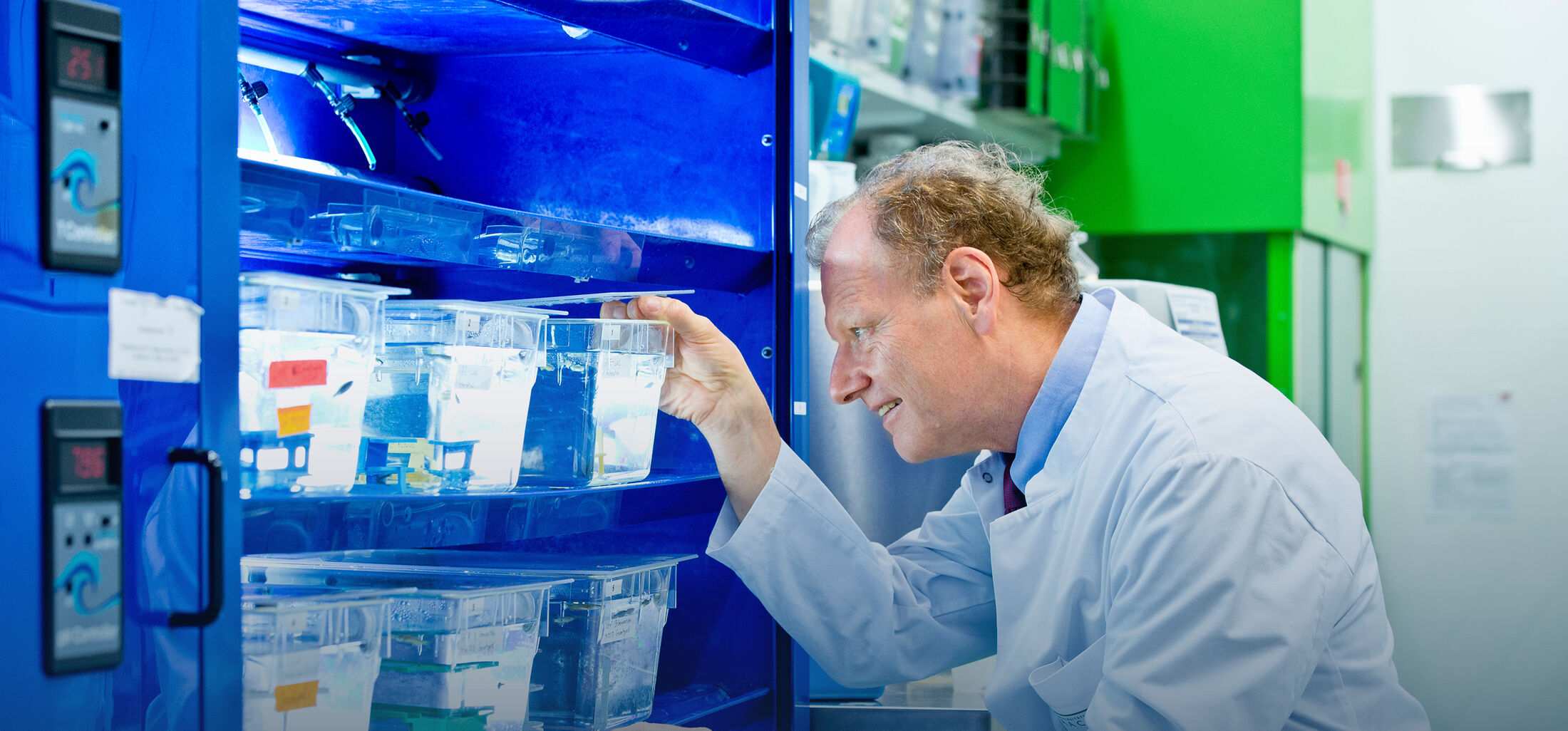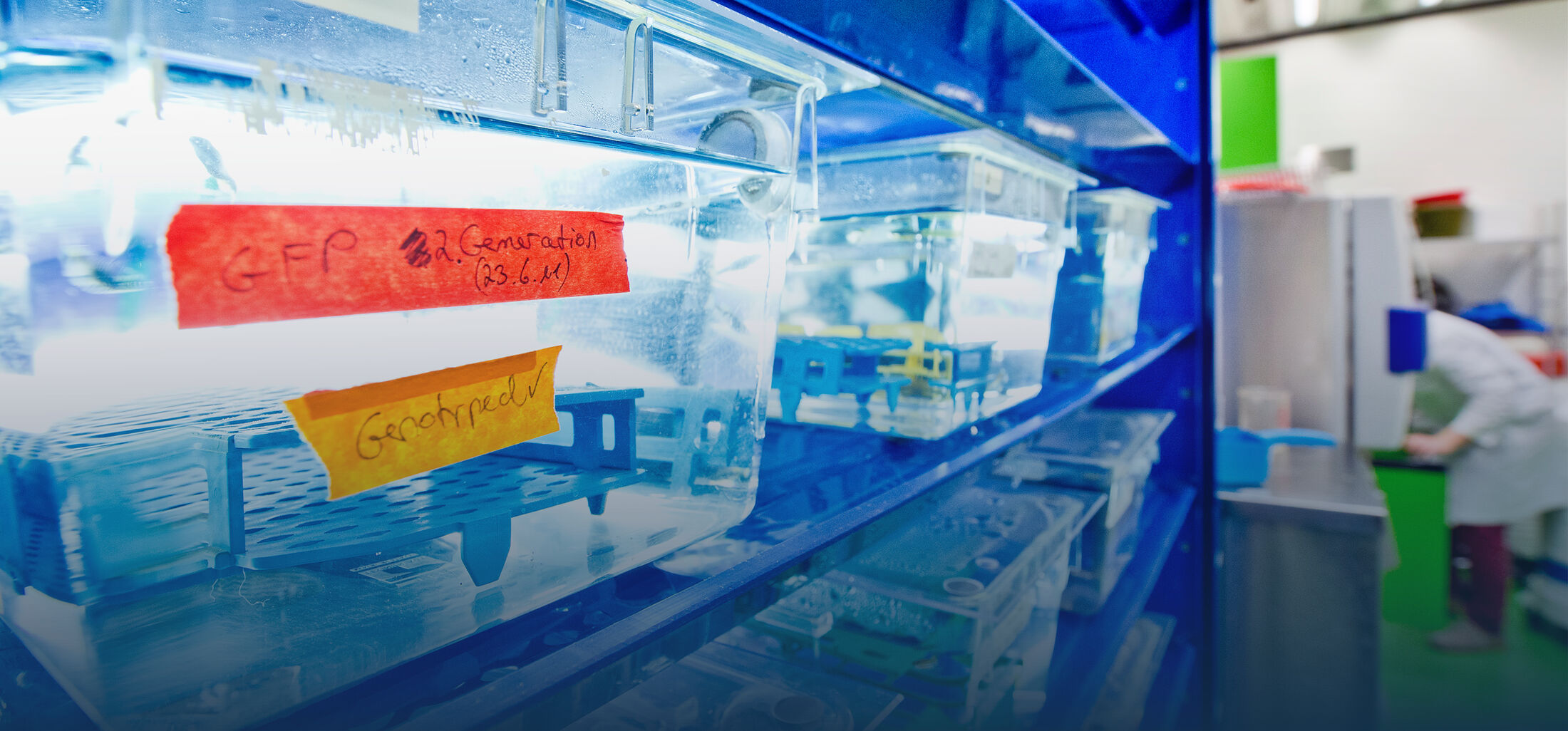Welcome
Cells naturally live in close contact with inanimate matter. For instance cells and tissues form close contact with artificial implants. The cell reaction determines implant success or failure. To study the molecular mechanisms governing these biological processes we learn from nature. Biomineralization studies the natural interaction of cells and tissues with minerals. Shellfish and shell bearing snails carry shells made of calcium carbonate. Bone forming cells in our skeleton, osteoblasts, grow directly on top of a mineral called calcium phosphate or hydroxyapatite. Many degenerative diseases are associated with ectopic (out of place) mineralizaton or calcification. This usually appears as localized deposits like in the calcification of arteries, heart valves or soft tissue areas. Severe forms of extended mineralization of soft tissues typically occur as a result of a disturbed mineral metabolism, eg in uremia associated arteriolopathy or calciphylaxis of dialysis patients. We ask these questions:
What does the contact area between cells and materials look like?
Which molecules mediate contact?
What happens at the (Bio)interface?
The principles of biomineralization »go wrong« in unwanted pathological mineralization or calcification. This can happen in many different pathologies including infection, cancer, atherosclerosis and implant failure.
In close collaboration with colleagues from chemistry, biology and medicine we study the basics of biomineralization and their application in technology and medicine.




